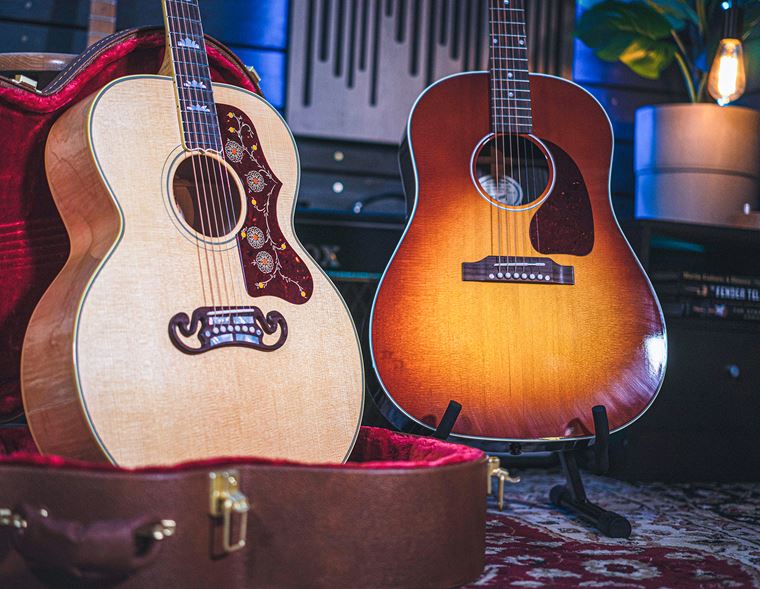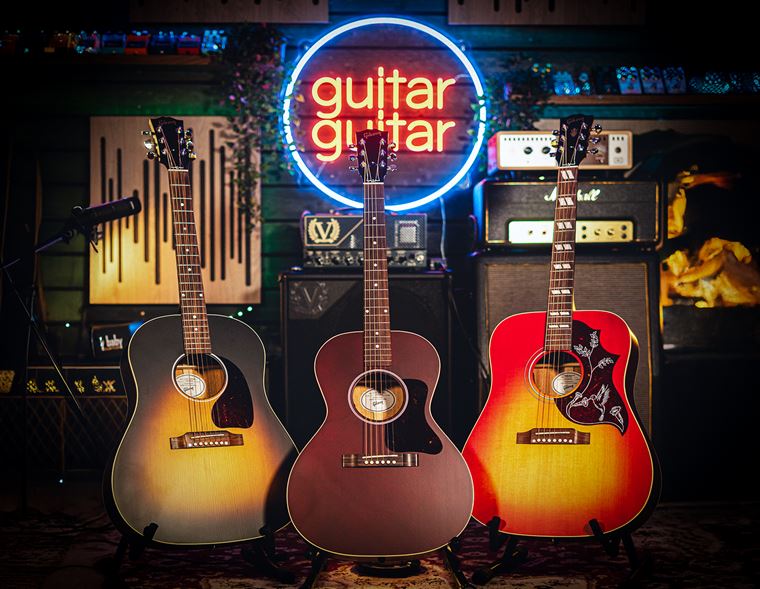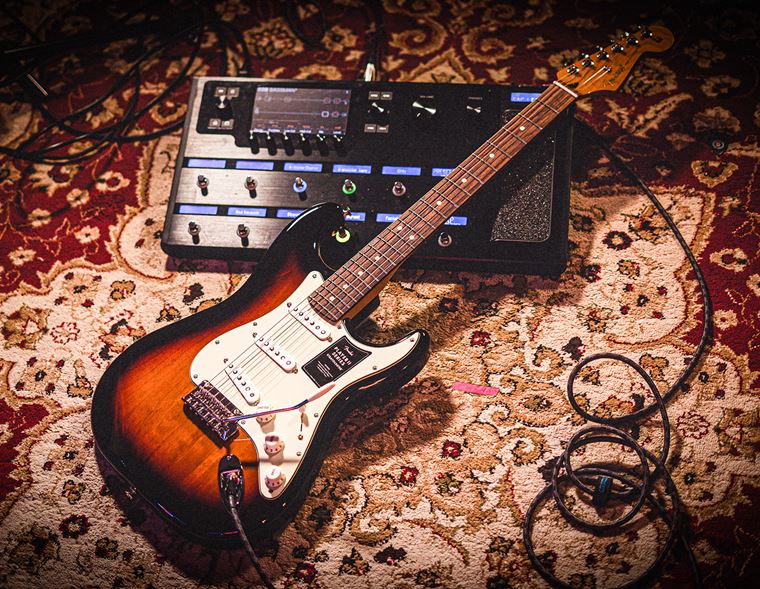How to Care for your Guitar: Part 1
Looking for quick tips to keep your guitar in shape?
You’ve arrived at the right place! Today’s blog is all about those little good habits you can develop in order to keep your guitar looking, feeling and playing at its best. This first part is all about the easy stuff that you can (and should) routinely carry out as general maintenance. We’ll follow this with a second part in the near future, where we’ll go a little deeper and suggest some simple tweaks you can perform from time to time, enough to help your guitar perform to the best of its ability. Today’s blog, however, is less specific. Here, we’ll cover important basics and good tips to learn and adopt in regards to general maintenance.
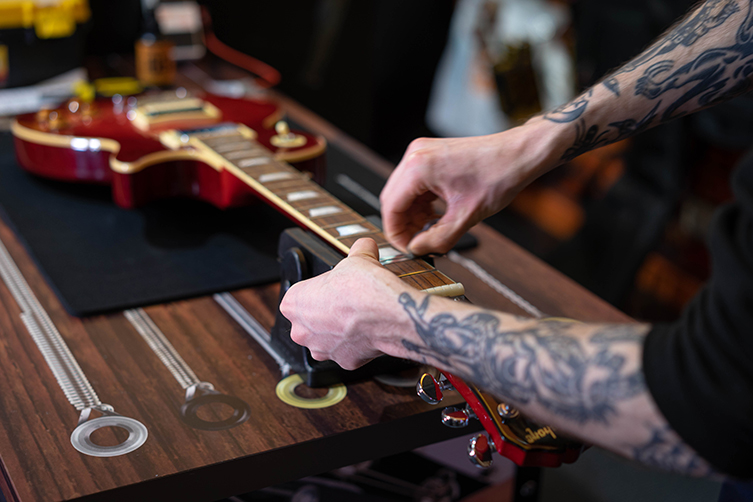
If you’re new to the world of guitars, this blog will hopefully prove helpful: nothing we’re talking about today is difficult at all, so don’t be afraid! We’ll take each tip one by one, explaining what you need to do as we go. You’ll need one or two specific tools and items to do everything properly, so here’s a short list for you:
Some Tools for the Job
Gather together these guitar care tools before you begin and you’ll be off to a good start:
- String winder/string cutter
- Lemon oil
- Fine steel wool
- Guitar polish and a polishing cloth
- Razorblade (optional)
- Soft-bristle paint brush or toothbrush
Change Strings Regularly
No, this isn’t a less than subtle sales pitch (rather, rinse, repeat, right?); it’s actually the quickest way of both freshening your sound and determining if your guitar needs a tweak here or there. Well-used strings have less ‘recovery’ in them since they’ve been stretched a lot, so you’ll find that tuning will be haphazard at best, intonation will be awry and your tone will suffer. Old strings also break far quicker than fresh sets: the fact is, after you’ve been playing for a while, you really shouldn’t be breaking many strings at all, so if you are, it’s high time to change them! Nothing feels quite like new guitar strings!
So, how often should you restring your guitar? We’d generally say to change them every month if you are a moderate to heavy-use player. If you’re out gigging a lot, you may need to change strings more often. If there are signs of wear or rust on your strings, it’s long since time to have them removed!
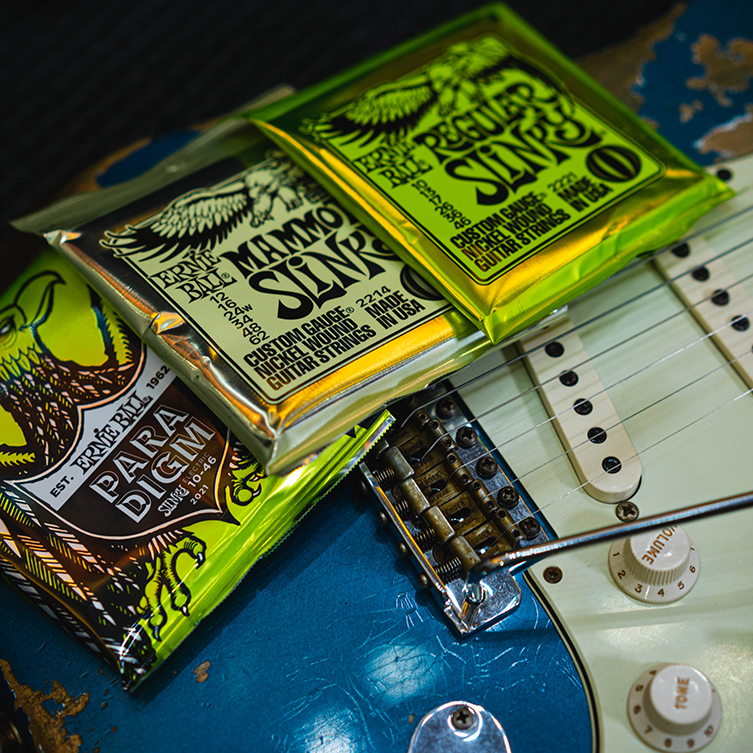
We recommend replacing them with the same gauge you already have on your guitar, since it means you won’t have to adjust any of your hardware to compensate for the changes in tension. If your guitar has a set of 10-46 strings on it, stick to 10-46 until you’re comfortable making the required tweaks. You’ll learn more about this in Part Two! As for string brands, that’s not an issue, so just use whatever brand you feel like, as long as you keep the gauge the same.
When changing strings, you may want to refer to our handy video, below! Here, we take you through how to restring a standard electric guitar. Please bear in mind, if you happen to have a guitar with a locking tremolo bridge on it - such as a Floyd Rose tremolo - you’ll need to take additional steps such as changing one string at a time, chopping off the ball end of each string and carefully wedging some cloth under the bridge to keep the unit roughly in place.
Clean the Fretboard When Changing Strings
The fingerboard of your guitar will get grimy after a while. Whether your instrument has a maple, rosewood or ebony fingerboard, a quick wipe down when the strings are off helps prevent horrific stuff from building up around the frets after time.
If you have a rosewood fingerboard (or indeed variants thereof, such as pau ferro), you’ll want to treat the board to a little drink of lemon oil. Before you do that, though, take some fine steel wool and gently go over the board to loosen up and get rid of the grime that will inevitably accrue there. Go easy: a light touch and a few extra minutes will be more effective than going in hard and fast!
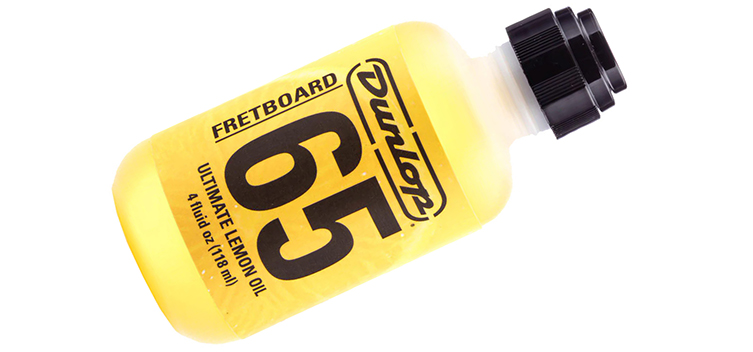
After that, it’s time to reach for the lemon oil. Do use stuff that’s designed for the guitar (such as Dunlop’s famous Formula 65 ultimate lemon oil) and don’t use the stuff that’s already living in your kitchen: they aren’t the same. A little dab of lemon oil goes a long way, so use sparingly without missing any area of the board. Let the oil do its thing for five minutes and then wipe off the residue with an old rag. Lemon oil supplies nutrients to the wood as well as rehydrating it, and since rosewood is generally left unfinished on guitars, its open pore nature really needs this from time to time. Two or three times a year is quite enough, though: don’t drown your guitar in sweet-smelling lemon oil every time you change strings, it’s not going to improve anything!
Guitars with finished fingerboards (in other words, they are glossy like the bodies) can be cleaned using whichever polish you use for the rest of the guitar. Unfinished fingerboards - and that includes the likes of Music Man examples who use gun oil on them in the factory - should just be cleaned with a moist cloth.
Wipe the Fingerboard and Strings
This one is super simple but well worth adopting into your daily routine. When you’re done playing, simply give the strings and fingerboard a quick wipe down with a dry cloth.
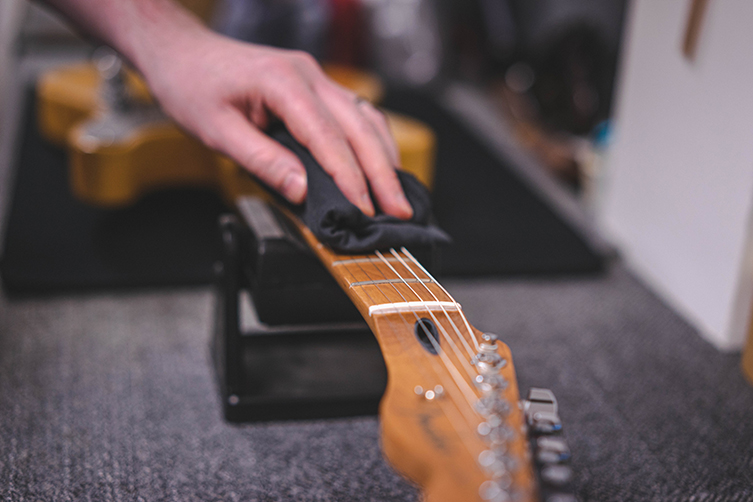
If you want to, you can use products such as Fast Fret to clean the strings some more, but the jury is actually out on whether string lubricants are massively worthwhile, so we’d refrain from outright recommending them. Some players love the stuff and swear by it, and others see it as nasty gunk. Maybe try it and see if you notice an improvement?
Otherwise, a simple once over with a dry cloth when you finish playing is more than enough, unless you have alien acid for sweat! Doing this simple thing will keep your strings fresher for longer, and stop overtly horrendous grime buildup on the fingerboard.
Clean & Polish Your Guitar
It’s another no-brainer, but how often do you actually sit down and polish your guitar? We’re guilty of this ourselves: after all, we’d rather be playing our guitars than cleaning them, right?
However, it’s a good idea to regularly get the polish out to just keep the grime and fingerprints off your instrument.
Before polishing, wipe the guitar down with a slightly damp cloth (dry cloth if your guitar has a satin/porous finish), and use a soft bristle toothbrush or paint brush to get around the more difficult-to-reach areas such as the headstock and the bridge. Doing this saves a lot of time and effort!

Most guitars have a polyurethane finish, so any cleaning product will do the trick, but we do still recommend using a dedicated guitar care product from the likes of Dunlop or MusicNomad. Guitars with Nitrocellulose finishes (Gibson guitars, for example), are slightly more likely to react to generic household cleaning products, so do make sure you check what you’re using before you apply it to your guitar, whether it’s a specialised product or not.

After you’ve wiped down the guitar with a dry cloth and then spray some polish onto your cloth. Polish the guitar in circular motions for a good, unified look. Simple!
One word of caution: be careful with gold hardware. Gold has a habit of tarnishing and wearing off quickly, and certain cleaning products can actually hasten this natural occurrence. We’d say to play it safe and use only a damp cloth at the most on gold hardware: better safe than sorry!
Be Mindful of Temperatures
Extreme heat and extreme cold are big no-nos for the health of your guitar. This may be a self-evident comment, but leaving your instruments sitting where they come into contact with changing temperatures can lead to warped necks, bad intonation and other gripes. Areas of concern include windows and heaters, so that nice display of guitars you have up at your living room bay window is perhaps worth reconsidering!
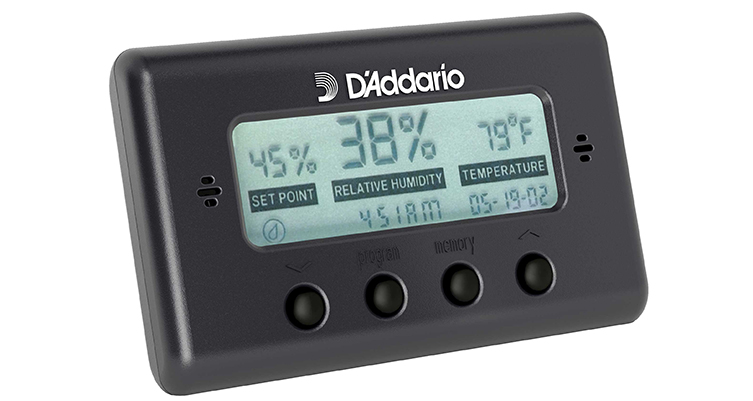
Keeping your guitars a metre or so away from these trouble spots will do lots to aid the stability of your beloved axes. If you tend to keep your guitars in cases, it’s not a bad idea to invest in some purpose-built humidifiers for keeping inside the cases too, from the likes of Planet Waves and MusicNomad. D’Addario guitar care products include a good Humidity and Temperature Sensor, which you can use to monitor the conditions your guitar is living in.
Common Sense Works Best
As you’ve read, most of the day to day best practices for guitar maintenance amount to not much more than good old common sense: keep things clean, change out used strings for fresh ones, keep guitars away from warm radiators or cooler windows. These are easy to adopt, straightforward methods of keeping your guitars tip-top as you go about the business of playing them and using them to write songs.
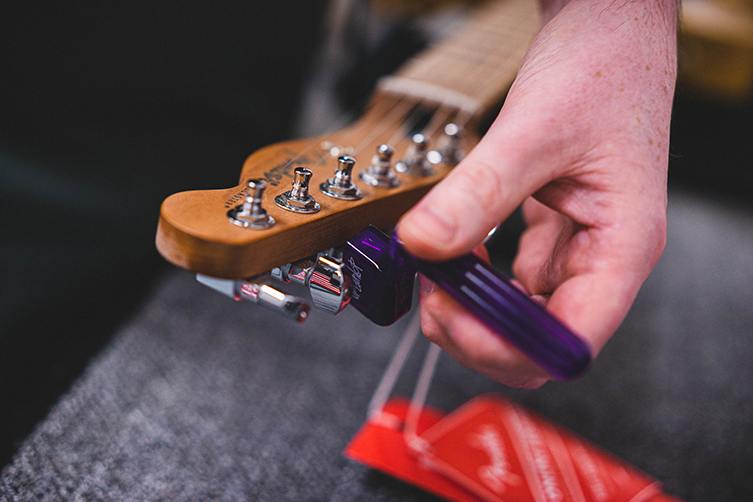
In our next part, we’ll delve slightly deeper, and look at things like pickup height, intonation and string height. Until then, enjoy playing and caring for your guitars, and we’ll see you next time for Part Two!


